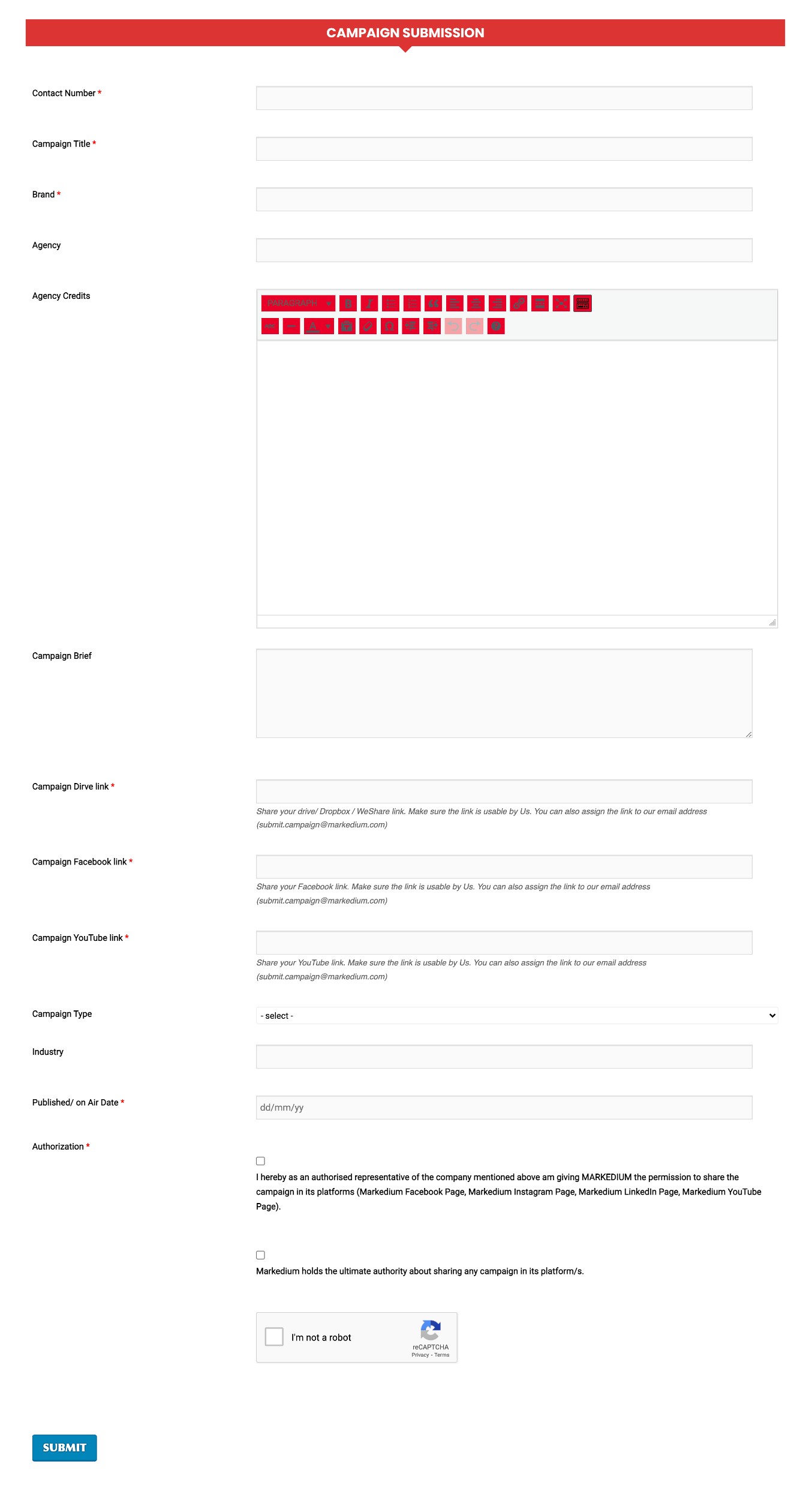
Harmonizing Creativity and Data-Driven Strategies in a Cookieless Digital Future5 min read
As digital advertising continues to evolve in the backdrop of a cookieless future, organizations are wrestling with a pressing challenge: balancing creativity with data in their marketing strategies. The imminent phase-out of third-party cookies threatens the status quo, but it also provides an opportunity to reimagine and redefine the interaction between data and creativity in advertising.
To appreciate the equilibrium between creative and data, it’s crucial to first understand their individual roles in marketing. Creativity is the heart of advertising, responsible for storytelling that emotionally connects with the audience, inspiring and motivating action.
Data, on the other hand, represents the mind of advertising, offering quantifiable insights about audiences and their behaviors that can inform and refine creative efforts.
Read more: 7 Bangladeshis Made It To The Forbes’ 30 under 30 Asia 2023 List
In a cookieless future, the direct, data-driven targeting enabled by third-party cookies will be less viable. While this shift might seem like a setback, it’s an invitation to rediscover the power of context and creativity in advertising, coupled with privacy-friendly, data-driven methods.
A New Landscape: Context and Creativity
The anticipated decline in personalized advertising might suggest a return to the ‘Mad Men’ era, with creativity reigning supreme. Contextual advertising, where ads are shown based on the content of the web page rather than user behavior, provides a platform for creativity to shine. In this context (no pun intended), ads must be genuinely engaging to attract audience attention, requiring more creative input than data-centric personalized targeting.
However, while creativity is essential, a complete departure from data is neither possible nor desirable. The insights data provides into consumer behavior, market trends, and campaign performance remain invaluable. The challenge lies in adapting data collection and analysis to respect user privacy.
Adapting Data Strategies: First-Party Data and Privacy-Preserving AI
The loss of third-party cookies will make first-party data, information collected directly from customers, the new marketing currency. This data enables a deeper understanding of customers’ preferences and behaviors, fostering more tailored and meaningful interactions.
The pivot towards first-party data, voluntarily shared by customers, is the obvious answer. Building trust and incentivizing data sharing requires an even greater emphasis on creativity in communication and value proposition design.
Meanwhile, innovative privacy-preserving technologies like Federated Learning of Cohorts (FLoC) offer promising alternatives to third-party cookies. These methods allow for effective audience segmentation while maintaining individual privacy.
AI-driven predictive modeling and machine learning algorithms can mine these anonymized data sets for deeper insights, supplementing the role of traditional data in fueling creative strategies.
Striking the Balance: A Holistic Approach
The key to navigating a cookieless future lies not in prioritizing creativity over data, or vice versa, but in creating a synergistic relationship between the two. Data and creativity must be viewed as two sides of the same coin, rather than dichotomous elements.
With the shift to privacy-centric models, data can provide broad strokes – demographic trends, market changes, and anonymized behavioral insights. Creativity can then fill in the details, crafting engaging narratives that resonate with these broader trends and individual contexts.
A future without cookies, thus, is not a grim dystopia for marketers but a playground for innovation. It invites a balanced blend of creative and data-driven strategies, fostering a more respectful and, potentially, more effective form of digital advertising.
Key Note for the Advertisers
In a cookieless era, the crux of an advertiser’s strategy should lie in two key realms: Enhanced Creative Storytelling and Privacy-Compliant Data Utilization.
Enhanced Creative Storytelling
In the post-cookie world, the context will play a pivotal role in engaging with audiences. With granular personalization practices taking a backseat, an advertiser’s primary tool for consumer engagement becomes their creative acumen. It’s about crafting a narrative that resonates with the target audience’s immediate interests and the context in which the ad appears. Analyzing the correlation between context and consumer response will offer insights into the creative elements that elicit maximum audience engagement. This approach demands a renewed focus on understanding consumer psychology and cultural trends, creating opportunities for deeper audience connections beyond cookie-dependent tactics.
Privacy-Compliant Data Utilization
Data, while no longer primarily sourced from third-party cookies, remains integral to advertising strategy. In a privacy-focused world, first-party data becomes the new gold standard. Advertisers should cultivate relationships that encourage consumers to share data willingly, emphasizing the value exchange in this relationship. The challenge here is not just in data collection but also in its ethical and innovative use.
In this respect, privacy-preserving technologies like FLoC and Differential Privacy can facilitate effective audience segmentation while safeguarding individual privacy. Machine learning can further refine the insights derived from these anonymized data sets, allowing for strategic creative decisions.
New Report: The Cookieless World – A Guide for the New Era of Digital Marketing
In essence, the cookieless future necessitates a synergistic blend of creativity and data strategy, underpinned by ethical considerations. Advertisers must strive to balance compelling storytelling with data-led insights, producing strategies that honor user privacy, uphold user experience, and drive engagement. The emphasis should shift from relentless personalization to intelligent, context-aware, and privacy-conscious advertising, signifying a mature and balanced approach to digital marketing.
The shift to a cookieless future necessitates a fresh and balanced approach to digital marketing. For most brands, business continuation and growth are not likely to come from a single alternative, but from a blend of alternatives unique to their needs.
It demands a deeper reliance on direct relationships with customers, a greater focus on context and content, increased collaboration, an experimental mindset, and an intensified emphasis on creativity.
Hence, the cookieless future is an opportunity to refocus on the essence of advertising – understanding and engaging the audience.
By harmonizing data-driven insights with creative storytelling, organizations can navigate this transition successfully, creating impactful and privacy-respecting advertising strategies that benefit both businesses and consumers.
For more updates be with Markedium.


